
How to use Customer Data for Customer Personalization

Customer Personalization is the key to customer success. You can improve customer retention with personalized marketing. By adding a touch of personalization in your marketing efforts, you can create an engaging and in fact, memorable customer experience for each individual customer.
Let’s dig in more how you can achieve personalized experience using customer data.
What is Customer Personalization?
Customer personalization is creating a customized and personalized experience for each customer using customer data. This data can be used to personalize marketing efforts like creating customized and personalized emails, targeted ads and personalized product recommendations. Businesses use customer data to analyze their behaviors, likings and preferences and market their products and services accordingly also known as targeted marketing.
Why is Customer Personalization Important
Here’s why Customer Personalization is important:
Understanding your users’ needs and wants even better
By analyzing the data of customers, businesses can develop knowledge of what the customers always want. This information can design effective marketing campaigns that appeal to the interest and preference of the customers.
For example, assume a business has data categorizing consumers’ preferences towards eco-friendly products. Therefore, they will formulate marketing strategies that promote the eco-friendly characteristics of their products.
Even better and more precise product recommendations toward the customer
One of the best ways of utilizing customer data is to include the use of customer’s product recommendations. Through purchase of history and browser history analysis, the most appropriate products to recommend to the customer are analyzed.
Such recommendations may be emailed campaigns, onsite recommendations or ads on external social media networks that are specific and suited for the targeted customer.
Targeted Advertising
Use of customer data can also assist in designing relevant advertising campaigns. Understanding who the target consumers are and practically their behaviors can enable a business to come up with more effective advertisements for the chosen consumers.
For example, if the business sells fitness products, it can make use of customer data to implement advertisements that can be directed to customers who have an inclination to fitness products and services.
Predictive analytics
Using predictive analytical tools allows organizations to tap into deep insights regarding customer behavior which enables creating ultra-personalized experiences. For instance, the shop can suggest products on a customer’s profile by chronicling his or her previous purchases and search history.
To achieve customer loyalty, you need to make sure that your clients keep purchasing.To do that, you need to personalize their experience and make sure any new advancements or discounts reaches them. Personalized experience increases customer loyalty and therefore increases retention rates.
Related Read: What is the most direct cause of customer loyalty
Customer Personalization Strategies
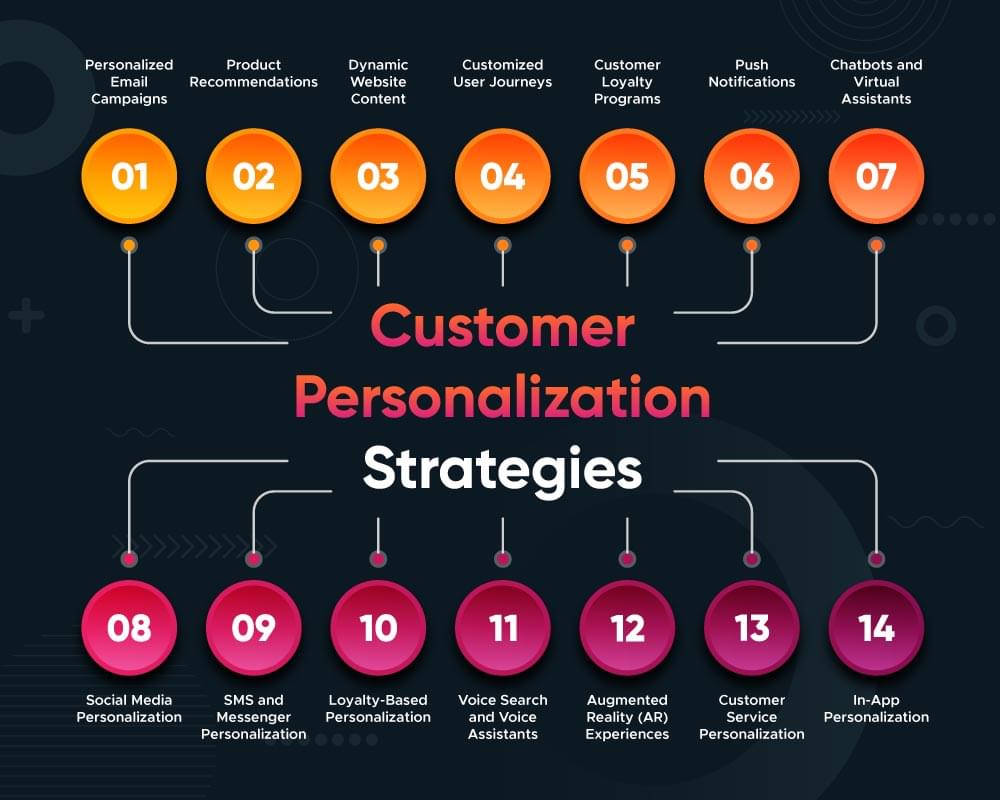
1. Segmentation
Segmenting is the grouping of customers based on their patterns, demographics and preferences. Segment each kind and target each group with their kind of offers. You can target different services or product for each segment, and run different email campaigns for each segment. For example, for a SaaS tool, you can send out different email campaigns for loyal customers, new customers and customers on basic plan. This will result in more sales and increased open rate for email campaigns.
2. Product Recommendations
if you’re run an eCommerce store, you can use a logos to analyze customer’s past behaviors and recommend products based on their past liking. Analyze their browsing history and past purchases to recommend products of their liking.
3. Re-targeting ads
You can use re-targeting ads to show ads to users who visited your website but didn’t make a purchase. You can personalize these ads for each user. You can also create dynamic content for each user using re-targeting ads.
4. Dynamic Content
Websites that use dynamic content can display personalized information based on the customer’s previous interactions. This may include showing specific banners, product categories, or promotions tailored to the user. For instance, a returning visitor may be greeted with a “Welcome back, [Name]! Check out your favorite items,” providing a more engaging experience.
5. Trigger Emails
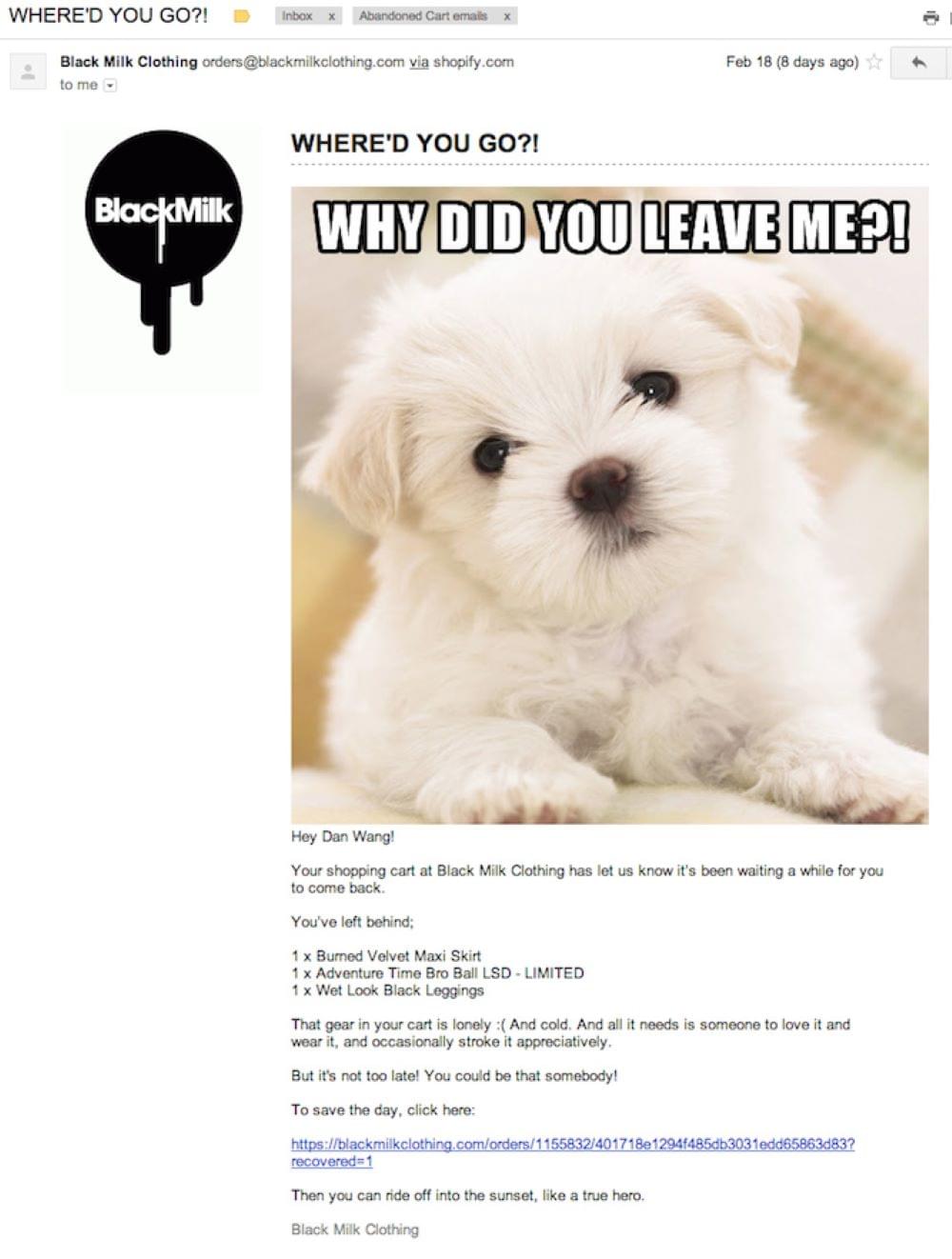
You can set up trigger emails based on behavior of the user. For example, in case of abandoning a cart, an email will be triggered about incomplete purchase - reminding them of their incomplete purchase. And for a SaaS software, a trigger email can be sent couple of days before their free trial ends showcasing them of the product features or asking for customer feedback.
6. Customized User Journeys
By analyzing user behavior, businesses can create personalized customer journey. This includes showing different content based on the user’s position in the sales funnel. For example, a first-time visitor may receive educational content, while a returning customer might be shown product updates or loyalty offers.
Related Read: B2B Customer Journey
7. Geo-Targeting
Based on a customer’s location, businesses can serve personalized recommendations, promotions, or localized content.
8. Interactive Surveys/Quizzes
Some companies use interactive quizzes to understand customer preferences and then provide personalized recommendations based on their answers.
9. Customer Loyalty Programs
Brands can provide personalized offers or discounts based on a customer’s purchasing behavior, rewarding loyal customers with tailored promotions or early access to new products. Loyalty programs that track customer points and purchase behavior can personalize recommendations on how customers can use points or benefit from specific promotions.
10. Push Notifications
Mobile apps can send personalized push notifications based on in-app behavior, geolocation, or even real-time activities. For example, if a customer leaves an item in their cart, the app can send a reminder or offer a discount.
These can be personalized based on what a customer was last browsing or reading, bringing them back to complete a purchase or check out similar products.
11. Chatbots and Virtual Assistants
AI Chatbots: The majority of customer service chatbots nowadays are advanced and can be described as personalized because they address returning customers by names with the reference of previous interactions. This ease of use helps customers in obtaining responses to their questions that are more pertinent to the questions.
Virtual Shopping Assistants: These tools can also encourage the consumer towards targeted items further focusing on questions and answers and recommending through choices or previous activities.
12. Social Media Personalization
On social networks such as Facebook, Instagram, LinkedIn, an advertiser has the ability to narrow down the audience of the ads as much, as one wishes according to user’s demographics, interests, and past activities. Such advertisements may be tailored to suit users’ tastes hence being more appealing.
Like them, YouTube Sending or TikTok doing the same ‘spray and pray’ ads also personalize the news feed according to a user’s history, what they liked, or what content they shared. Thus, It allows users to retain interest by providing them what they may likely love.
13. SMS and Messenger Personalization
Fone constant clients can send successive personalized existing SMS such as coupons, appointment confirmation or product targets. Such messages may be targetable based on user information such as purchase history, place, or other factors.
Effects of social messaging and chatting applications such as WhatsApp or Facebook Messenger. Such brands can target each user with messages based on stationary behaviors or automate the messaging in-line with users interest behavior.
14. Loyalty-Based Personalization
Brands often personalize their loyalty programs by offering different perks and rewards for different membership levels, encouraging further engagement by providing incentives unique to each customer.
Personalized offers and rewards can be tailored for high-value customers based on their specific shopping behavior or frequency of interaction with the brand.
15. Voice Search and Voice Assistants
Smart speakers like Amazon’s Alexa and Google Home can provide personalized responses based on a user’s previous interactions, purchasing habits, or preferences. This extends to voice search, where results are tailored to individual preferences.
16. Augmented Reality (AR) Experiences
Some e-commerce brands use AR to allow customers to virtually try on clothes, glasses, or makeup, creating a personalized shopping experience. These experiences are based on user inputs and preferences.
AR-powered mobile apps and in-store experiences provide personalized recommendations based on a customer’s size, style preferences, and shopping history.
17. Customer Service Personalization
Support teams can use customer data (like order history or previous interactions) to provide personalized solutions, making the customer feel understood and valued.
After an interaction or purchase, brands can send personalized feedback requests, asking about specific products or services that the customer used.
18. In-App Personalization
Mobile apps can personalize content based on user preferences, showing tailored recommendations, notifications, or content based on a user’s in-app behavior.
Apps can provide personalized onboarding experiences, tailoring tutorials or app features to the user’s specific needs and preferences.
Types of Customer Data That Can Be Used for Customer Personalization
Numerous types of customer data can be utilized for personalization purposes.
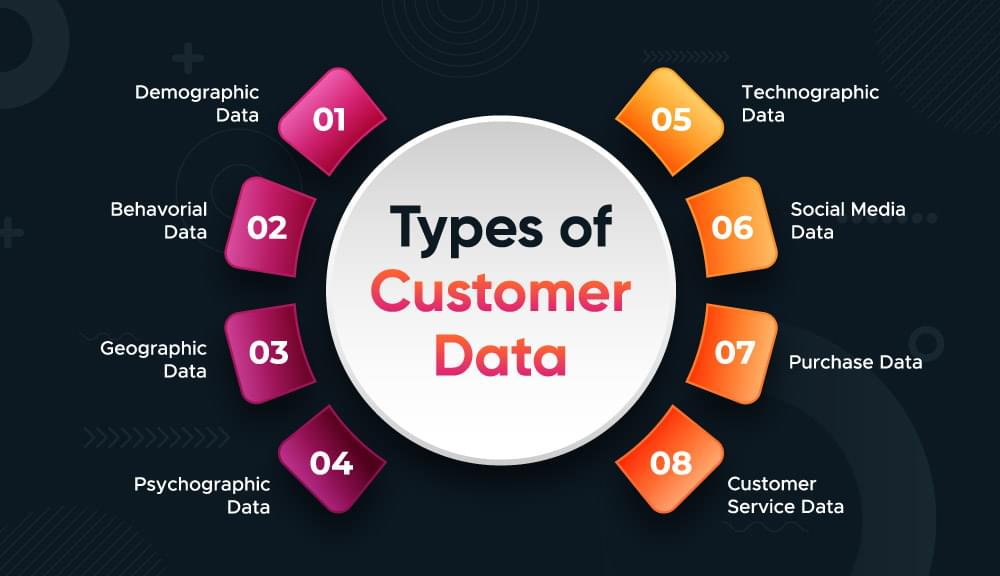
Demographic Data:
Also known as population data, such kind of data provides information like age structure, gender structure, income and education level as well as occupational structure of consumers that can be exploited for segmentation. As an example, a cosmetic brand could market to women of various ages or levels of disposable income.
Behavioral Data:
This type of data constitutes information on customer behavior and comprises; buying patterns, website interest, and responses to advertisements. Such data can be applied for making custom product ideas, re-advertising ideas, etc.
Geographic Data:
This type relates to where a customer is located, and it can be used in targeting specific countries or cities for marketing specific products and services.
Psychographic Data:
This class of data relates to customers regarding factors like personality, values, beliefs and interests. They help in formulating marketing strategies meant for certain groups of customers depending on their activities and preferences.
Technographic Data:
Technographic data encompasses the devices a customer uses, the apps they have installed, and their social media platforms, and can be utilized to create optimized campaigns for specific devices or platforms.
Social Media Data:
Social media data involves a customer’s activity on social media platforms, such as likes, shares, and comments, and can be used to create campaigns optimized for specific social media platforms or leveraging user-generated content.
Purchase Data
Purchase data refers to a customer’s purchase history and can be leveraged to create personalized recommendations or re-targeting campaigns.
Customer Service Data
Lastly, customer service data involves a customer’s interactions with customer service representatives, which can enhance the customer experience and create personalized marketing campaigns.
The Best practices for using customer data for personalization
Below are the dos and don’ts when using customer data for personalization:
- Make data collection clear: It is crucial for companies to provide clarity to their customers – if they collect any data, where and how it will be used, and why such a policy is entirely essential. This allows customers to be assured that they have control over their information.
- Do not collect more data than needed: In order to stay within the confines of privacy and also make use of the data that they collect, the business establishments should endeavor to only collect data that would allow creating a unique personalized experience. Trying to use irrelevant information leads towards ineffectiveness in utilizing the data.
- Protect Data: Businesses should ensure that customer data is stored safely to avoid unauthorized intrusion or theft. It includes keeping the data in a locked computer, in encrypted files.
- Let data be used in enhancing quite a number of things on the customer: Customer data has been very beneficial especially in delivering marketing services and Focusing on presenting timely and valuable content during the personalization helps to bring more benefits than just increasing sales.
- Get consent: For the better protection of customer privacy, it is mandatory for businesses to take permission from the customer before proceeding towards the use of data for efficient personalization.
- Regularly review data collection practices: Businesses should regularly review their data collection practices to ensure they comply with data privacy regulations and collect only necessary data.
Customer Personalization Case studies
Here are three successful customer personalization case studies.
Netflix
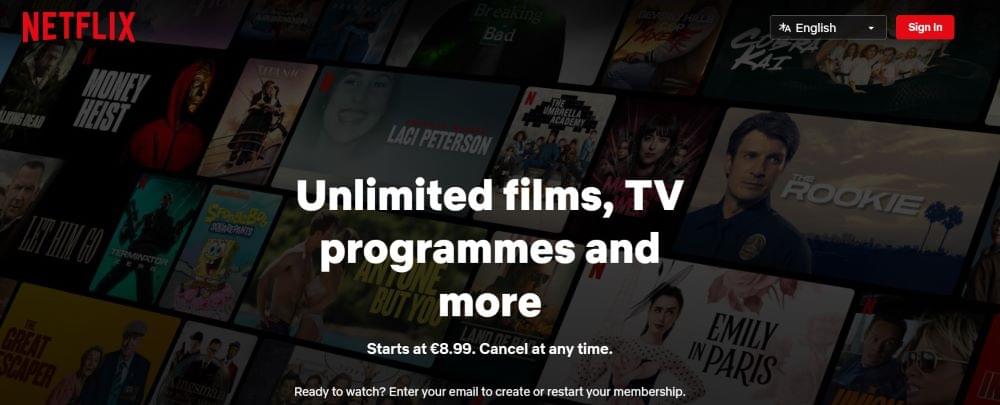
One of the effective streaming services that enhances user experience and ensures customer retention through data personalization is Netflix. They collect huge data regarding user interactions with their service, including information such as what they’ve viewed, how much they’ve rated, what they’ve searched, etc. The gathered information is later utilized in proposing different alternatives for that particular user. The recommendation system stands out to be one of the most critical personalizing tools for the streaming platform. It scans a user’s past engagement with the site through activities such as rating, viewing among others and fetches the already set parameters out of them. In consequence, it offers a range of movies and shows which the system believes the audience user will enjoy. Such content is generally used to push out new content to the user by making recommendations better and available to the user when using the Netflix application. In addition, Netflix endeavors to localize the customer interface according to each individual’s preferences. On the home page, users will find content that is ideal for them and is most likely to be based on their rating and viewing history. The firm pays attention to the images and written descriptions that are presented for each title as well, creating higher chances for users clicking on interests. By implementing all these general personalizations and an intelligent interface, users have been brought on board, and with the help of these users, the company has grown to be one of the super successful video streaming service providers.
Amazon
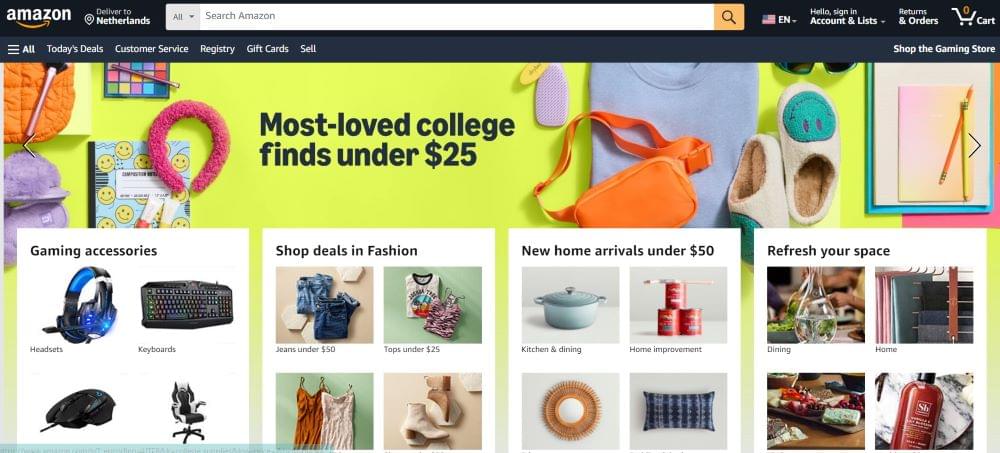
Amazon is one of the world’s largest e-commerce companies and is well-known for its use of data personalization to improve the customer experience. The company collects a vast amount of data on customer behavior, including browsing history, purchase history, search queries, and more, and uses this data to create a personalized shopping experience for each customer.
Amazon’s recommendation engine is a key part of its personalization strategy. The engine analyzes customer data to identify patterns and preferences, and uses this information to recommend products that are likely to be of interest to the customer. Recommendations are displayed prominently on the homepage and on individual product pages, making it easy for customers to discover new products.
In addition to personalized recommendations, Amazon also uses data personalization to tailor search results and product listings to each customer’s interests. The search algorithm takes into account the customer’s search history and browsing behavior to deliver more relevant search results. Product listings are also personalized based on customer data, with the order and presentation of product features tailored to each customer’s interests.
Amazon’s data personalization strategy has been highly effective in improving customer satisfaction and loyalty. By providing a more personalized shopping experience, the company has made it easier for customers to find and purchase products that meet their needs. This, in turn, has helped Amazon to become one of the most successful e-commerce companies in the world.
Sephora
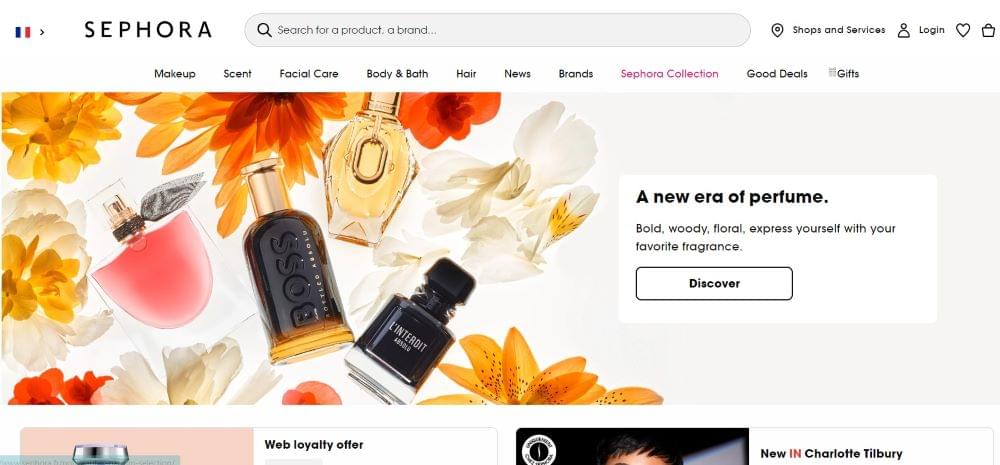
Sephora, one of the renowned beauty stores worldwide, adopts data-personalization techniques to improve customers’ satisfaction and sales. The organization collects a number of data points which include customer related data on purchasing patterns, reviews, and browsing in order to ensure that all customers have some form of personalization in the shopping process.
The Beauty Insider program is an important element in the wider scheme of data personalization strategies at Sephora. Customers are able to enroll in the program for free and they are offered targeted product recommendations based on what they have purchased in the past. Program participants also take advantage of other benefits including discount offers, special sales events, and various beauty tips and services.
Personalization of web and mobile interfaces, where a recommendation engine examines customer data in search of consumer behavior analytic patterns, is also a notion expressed by cosmetics giant Sephora. Customers are able to browse the products and have them filtered to their requirements, for instance on the skin or hair type.
Sephora has also brought this trend to its offline stores and trained Beauty Advisors to make Beauty Recommendations according to client skin types and other preferences. In addition, in July 2016 it launched some in-store technologies that helped mostly on the accent – the Sephora Color IQ is a system that recommends what foundation color suits them best.
Wrap-up:
I hope this article helps you personalize your experience with your customers and improves retention. To keep better track of your sales and retention rates, look into these metrics:


